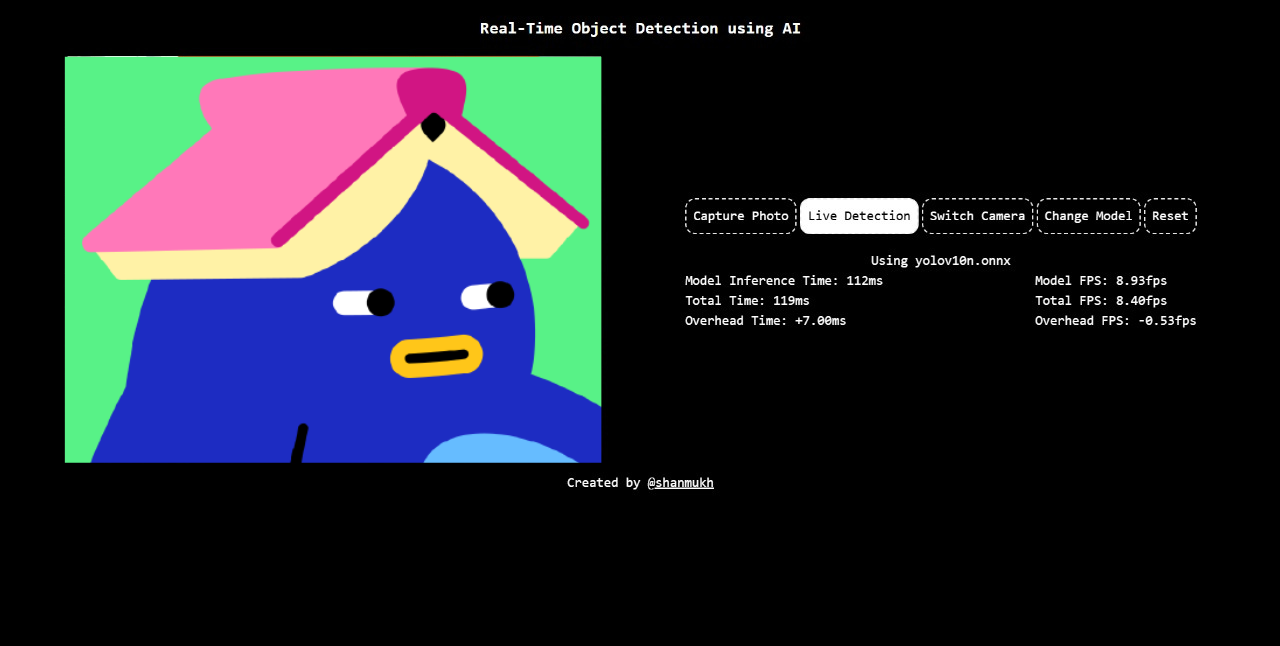Real Time Object Detection (RTOD) is a powerful technology that enables computers to identify, locate, and track objects within images or video streams as they are being captured. This capability is critical across multiple domains, including autonomous vehicles, intelligent surveillance, robotics, and augmented reality.
By combining advanced algorithms with machine learning, RTOD systems process visual data with remarkable speed and accuracy, making them essential for real-time applications. The core components of RTOD systems include a camera, a processing unit, and specialized software. The camera captures live footage, which is analyzed in real-time by the processing unit, often equipped with high-performance GPUs or edge devices.
Using pre-trained models and sophisticated algorithms, the software detects and classifies objects within the frames, such as people, cars, or animals. Once identified, the system can track the movement of these objects, offering continuous monitoring and dynamic interaction. One of the key challenges in RTOD lies in achieving a balance between speed and accuracy. High-speed detection is essential for real-time performance, but it must not compromise reliability, especially in critical applications like autonomous driving or security monitoring.

Always up to date docs
As our design documentation is managed by our team members, it was important that they had an easy way to create and update the docs. To support this, we host all of our documentation on Word. In order to keep the initial opening speed of Design low, a copy of the documentation is cached the first time it's opened, which is then periodically refreshed every few days.
Designing system components
One of our core principles when building this project was that using it should always add to the experience of design. In the initial versions was a clear disconnect between documentation and process. Our team members would read a components documentation in one window, and then switch back to prototype . Or in some cases, just not read documentation at all.
Technical details
- Built in React and Vanilla HTML, CSS, JavaScript
- Using YOLO algorithms
- Also used Cocoascript to access MacOS and Sketch ObjectiveC APIs